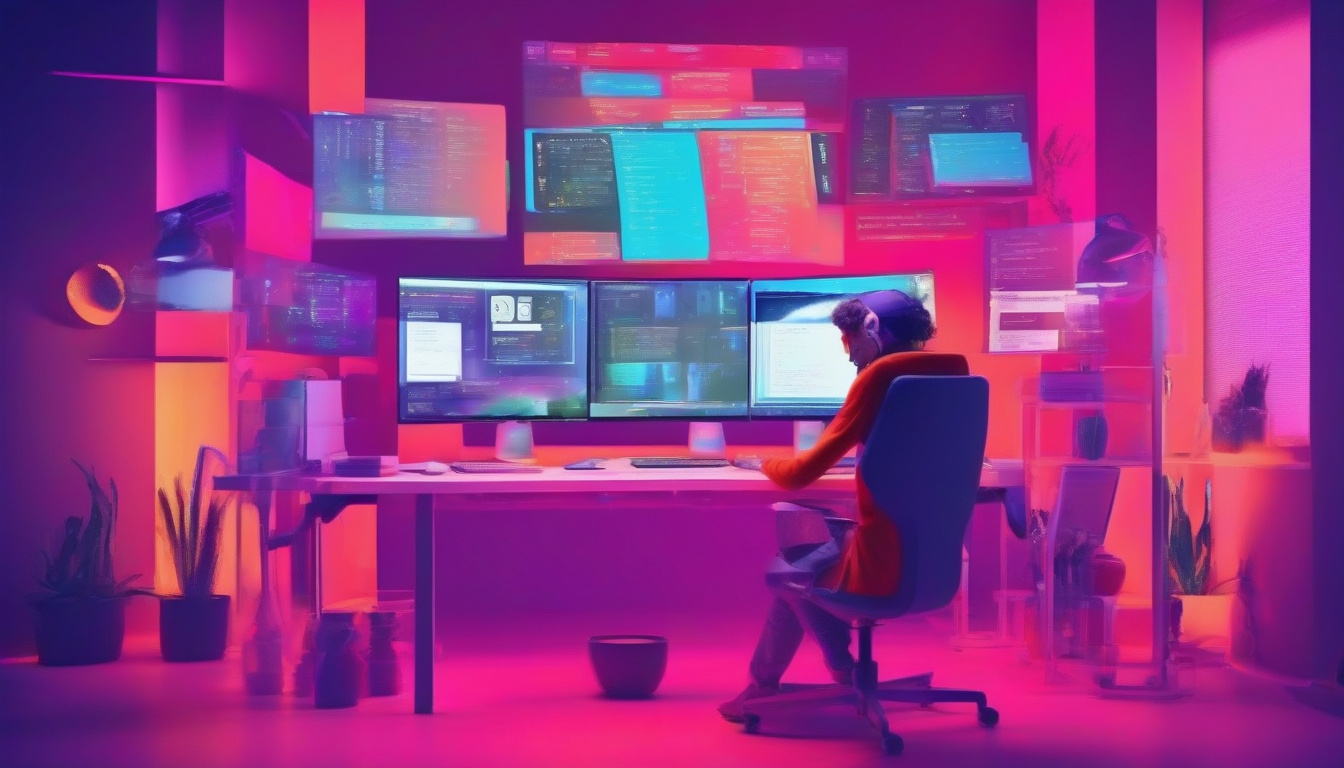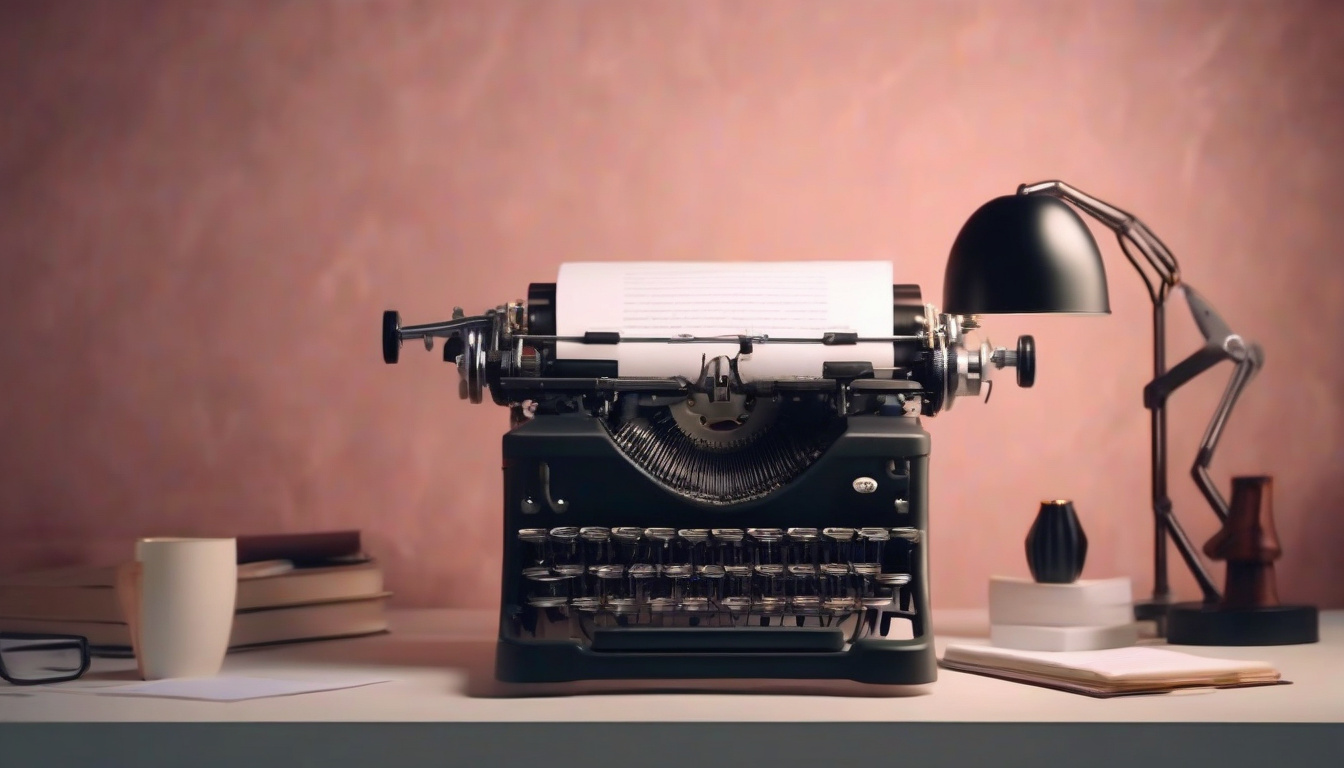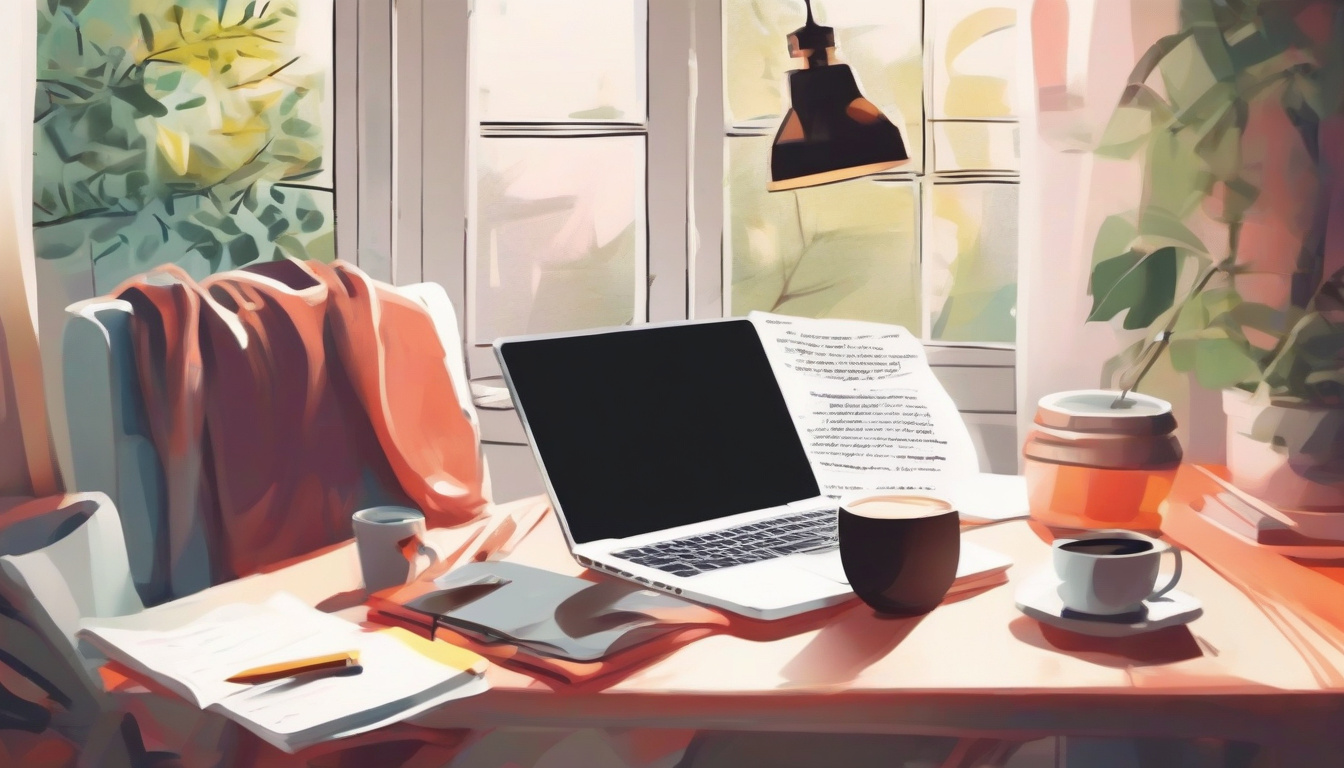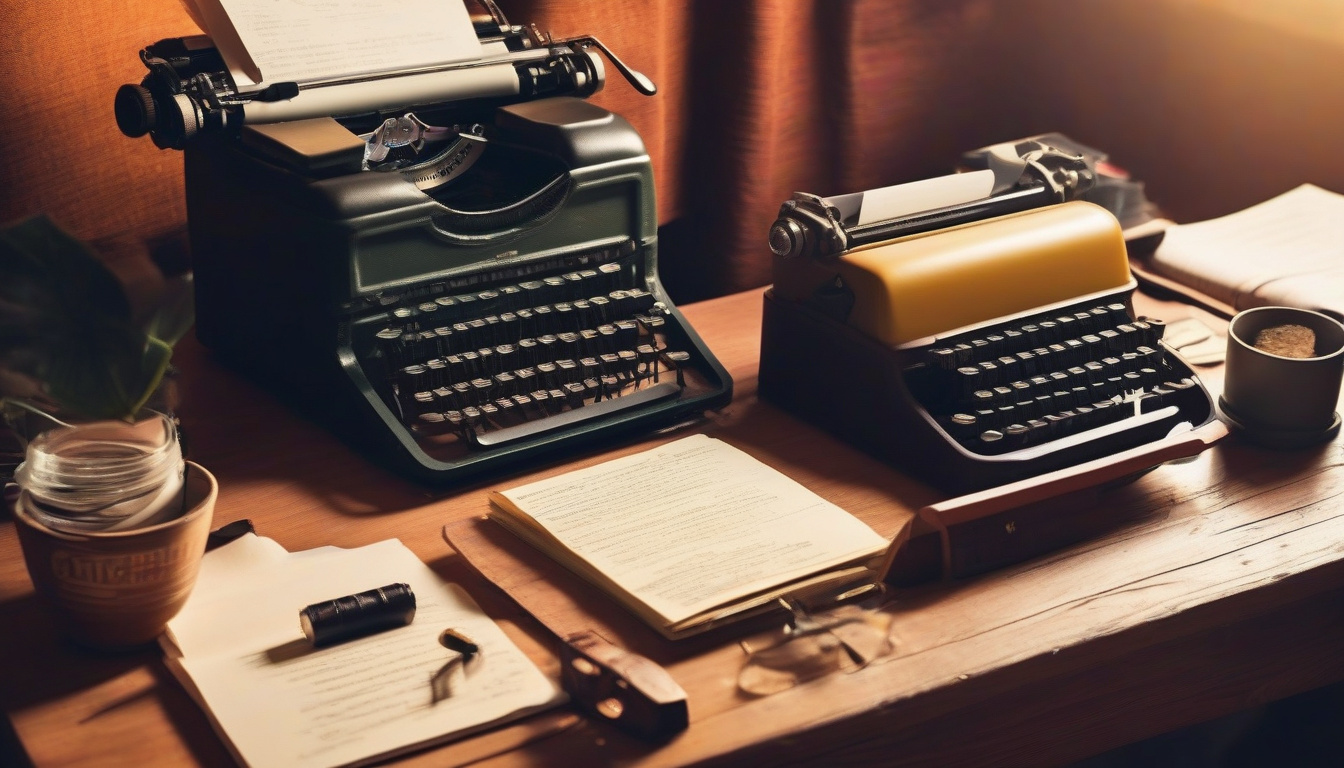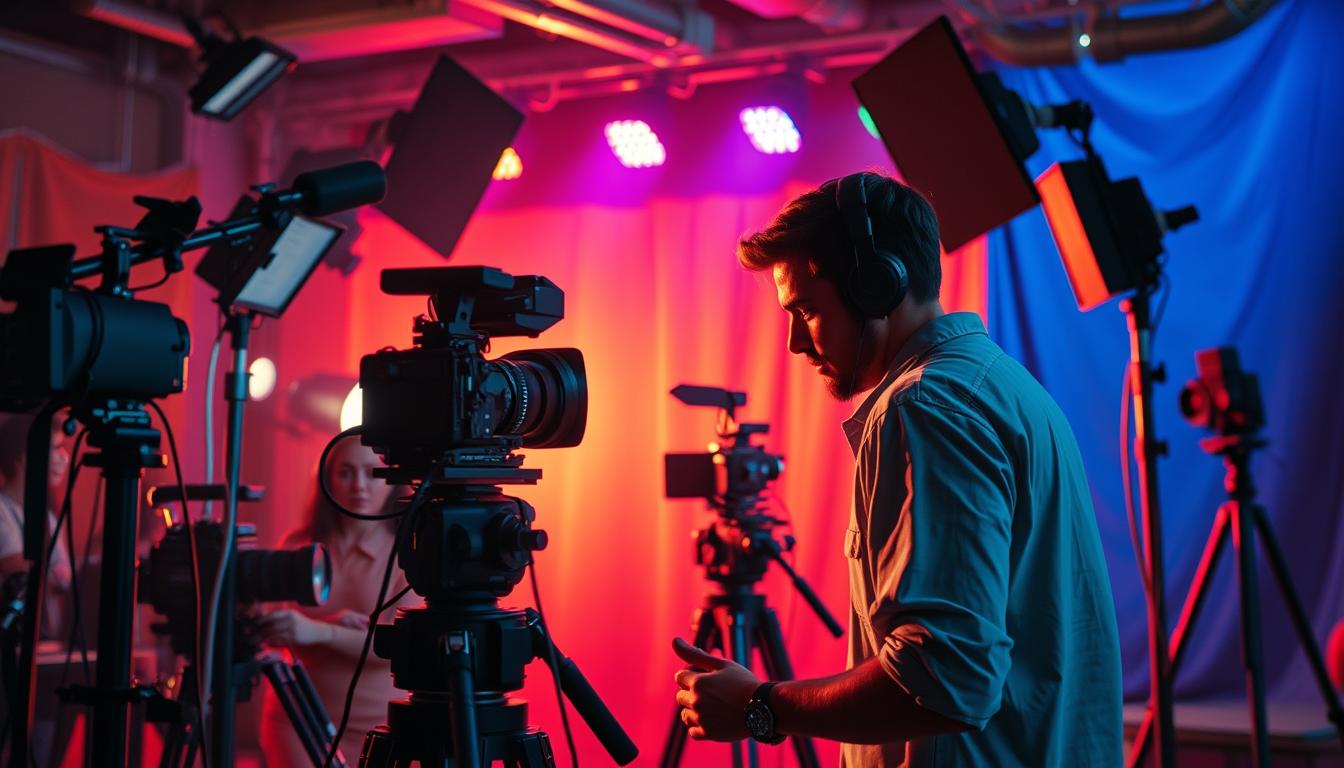
Cinematography is an art form that goes beyond simply recording images; it is about crafting visual stories that resonate with audiences.
Whether you’re an aspiring filmmaker, a seasoned professional, or simply an enthusiast with a passion for storytelling through images, mastering the art of cinematography is essential for creating stunning and impactful films.
This article will delve into the fundamental principles of cinematography, explore essential equipment every cinematographer should consider, and provide valuable tips and techniques that will elevate your visual storytelling to the next level.
The BEST AI Screenwriting tool on the Internet!
Key Takeaways
- Cinematography serves as the backbone of visual storytelling, crucial for conveying emotions and themes.
- Investing in essential equipment can greatly enhance the quality of your cinematography work.
- Mastering composition techniques allows you to frame shots that effectively capture the viewer’s attention.
- Control over lighting can transform a scene, setting the mood and enhancing the overall atmosphere.
- Utilizing dynamic camera movement can significantly improve the flow and engagement of your narrative.
Understanding Cinematography: The Foundation of Visual Storytelling
Cinematography is the art and science of capturing moving images on film or digital media, and it serves as the foundation of visual storytelling in film and television.
At its core, cinematography involves a meticulous blend of technical skills and artistic vision, allowing filmmakers to convey emotions, themes, and narratives through visuals.
The cinematographer, or director of photography (DP), plays a crucial role in this process by making critical decisions about camera angles, lighting, shot composition, and color palettes.
These elements work together to create a visual language that enhances the story, drawing the audience deeper into the narrative.
Understanding cinematography is essential for anyone interested in film production, as it not only impacts the aesthetic quality of a project but also influences the viewer’s emotional response, making it a cornerstone of effective storytelling.
Essential Equipment for Aspiring Cinematographers
For aspiring cinematographers, understanding the essential equipment is crucial for mastering the art of cinematography.
The foundation of any cinematographer’s toolkit starts with a high-quality camera, as it is the primary instrument for capturing visually stunning footage.
Options range from digital single-lens reflex (DSLR) cameras to more advanced cinema cameras, depending on the project’s needs and budget.
Additionally, a versatile tripod is indispensable; it provides stability and aids in achieving smooth panning and tilting shots, enhancing the overall production value.
Lighting equipment, such as LED panels and softboxes, is also vital for creating the perfect mood and atmosphere, allowing you to manipulate shadows and highlights effectively.
Furthermore, having a good set of lenses can dramatically affect the storytelling aspect of your work, as different focal lengths create varying perspectives and depth.
Lastly, investing in sound recording equipment, like shotgun microphones and portable audio recorders, is equally important, since high-quality audio complements the visual narrative seamlessly.
By acquiring this essential equipment, aspiring cinematographers can elevate their craft, leading to more professional and impactful storytelling through their cinematography.
‘Cinematography is the most important thing in a film. If you have great cinematography, you have a great film. If you don’t, you may have a great script, but it won’t matter.’ – Steven Spielberg
Composition Techniques: Framing Your Shots for Impact
Cinematography is an art that transcends mere filming; it revolves around the careful composition of each shot to evoke emotions and enhance narratives.
One of the most critical composition techniques in cinematography is the concept of framing.
By utilizing various framing techniques, cinematographers can direct the viewer’s attention, create a sense of depth, and establish the context of the scene.
For instance, the ‘rule of thirds’ encourages placing the subject along the imaginary grid lines to achieve a balanced composition that is pleasing to the eye.
Additionally, using leading lines can guide the viewer’s gaze toward the focal point of a shot, creating a more engaging visual experience.
It is also essential to consider the use of negative space; by deliberately leaving areas of emptiness around the main subject, filmmakers can amplify the subject’s significance.
Ultimately, mastering these composition techniques is crucial for any cinematographer aiming to craft visually striking scenes that resonate with audiences.
The BEST AI Screenwriting tool on the Internet!
Lighting Mastery: Creating Mood and Atmosphere in Your Scenes
In the world of cinematography, lighting is not just an afterthought; it’s a powerful storytelling tool that shapes the audience’s perception and emotional response to a scene.
Mastering the art of lighting is essential for filmmakers who want to create mood and atmosphere that resonates deeply with viewers.
By understanding the various lighting techniques—such as key lighting, fill lighting, and backlighting—cinematographers can manipulate shadows and highlights to evoke specific feelings.
For instance, low-key lighting generates a sense of tension or unease, often seen in thrillers and horror films, whereas high-key lighting conveys a bright, cheerful tone, suitable for comedies or romantic tales.
Moreover, using colored gels or diffusers allows for a more dynamic range of emotions, as different colors can symbolize various themes or character states.
Therefore, honing your lighting skills is an indispensable aspect of cinematography that can elevate your narrative and establish an immersive viewing experience.
Camera Movement: Techniques to Enhance Narrative Flow
Camera movement plays a crucial role in cinematography, enhancing the narrative flow of a film and influencing the audience’s emotional engagement.
Various techniques such as dolly shots, tracking shots, and steady-cam moves can create dynamic storytelling experiences.
A dolly shot, for example, involves moving the camera closer to or further away from the subject, creating a sense of perspective that draws viewers into the scene.
In contrast, tracking shots follow a subject through a space, immersing the audience in the action.
Additionally, smooth and controlled movements, achieved through tools like steady-cams, help maintain focus on critical moments or characters, ensuring that the viewer’s attention is aligned with the story’s emotional peaks.
By mastering these techniques, filmmakers can elevate their cinematography, transforming simple scenes into powerful visual narratives that resonate with audiences on a deeper level.



